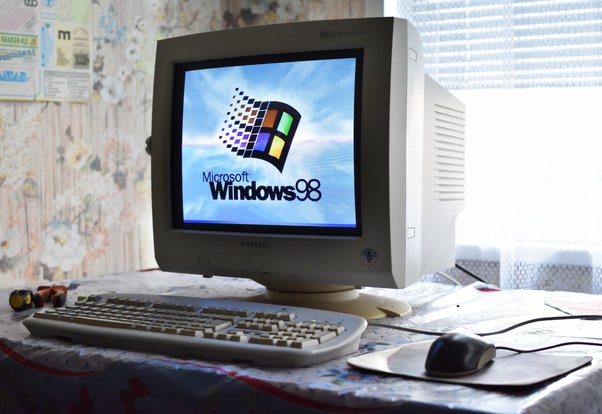
How to upgrade your laptop's ram and ssd for a major speed boost
Upgrading your old laptop, bring it back to life.
Shane Brown
3/8/20253 min read


DIY Guide: How to Upgrade Your Laptop’s RAM and SSD for a Major Speed Boost
Ever feel like your laptop is moving at the speed of a dial-up connection from the 90s? If so, it might be time for an upgrade! Instead of spending a fortune on a new computer, a simple RAM and SSD upgrade can breathe new life into your device. This DIY guide will walk you through the process, making it easy—even for complete beginners.
Why Upgrade Your RAM and SSD?
RAM (Random Access Memory) helps your computer multitask efficiently. More RAM = smoother performance, especially for gaming, video editing, or having 50 Chrome tabs open at once.
SSD (Solid State Drive) replaces your old, sluggish hard drive (HDD) with a faster, more reliable storage solution. An SSD can cut your boot time in half and make apps load almost instantly!
What You’ll Need
✅ Compatible RAM stick (Check your laptop’s specs to see the max supported RAM) ✅ Compatible SSD (SATA or NVMe) (Determine if your laptop supports 2.5” SATA or the faster NVMe M.2) ✅ Screwdrivers (Usually Phillips #0 or #1) ✅ Plastic pry tool (optional) (Helps with opening the back panel safely) ✅ Anti-static wristband (optional) (Prevents electrostatic damage to components) ✅ USB drive with OS installer (If cloning isn’t an option, you’ll need to reinstall your OS)
Step-by-Step Guide
Step 1: Check Compatibility
Before buying anything, check your laptop’s user manual or use Crucial’s System Scanner (Crucial.com) to find out what type of RAM and SSD your laptop supports.
Step 2: Back Up Your Data
Before making any hardware changes, back up your important files. If you’re replacing your hard drive, you can clone your existing drive using free software like Macrium Reflect or EaseUS Todo Backup.
Step 3: Power Off and Open the Laptop
Turn off your laptop and unplug it from power.
Remove the battery (if removable) or discharge static electricity by holding the power button for 10 seconds.
Unscrew the back panel and carefully remove it.
Step 4: Upgrade the RAM
Locate the RAM slot(s) (usually under a metal cover or near the center of the motherboard).
If replacing RAM, gently push apart the retention clips to release the old RAM stick.
Insert the new RAM at a 45-degree angle and press down until it clicks into place.
Step 5: Upgrade the SSD
Locate your existing storage drive (either a 2.5” SATA or an M.2 NVMe slot).
If replacing a SATA drive, unscrew and carefully disconnect it.
If installing an M.2 NVMe SSD, insert it into the slot at an angle and secure it with a small screw.
If you cloned your old drive, your laptop should boot normally. If not, install your OS from the USB drive.
Step 6: Boot Up and Enjoy the Speed!
Close up the laptop, reinsert the battery (if removed), and turn it on.
Check that the new RAM is detected by going to Task Manager > Performance > Memory (Windows) or About This Mac > Memory (Mac).
If installing a fresh SSD, go to Disk Management (Windows) or Disk Utility (Mac) to format and initialize it.
🎉 Congratulations! You just gave your laptop a second life!
Final Thoughts
Upgrading your laptop’s RAM and SSD is one of the easiest and most cost-effective ways to improve performance. With a little patience and the right tools, even beginners can do it! So, before you throw your “slow” laptop out the window in frustration, try upgrading—it might just surprise you.
Nerd Joke of the Day
Why did the computer keep freezing? Because it left its Windows open!
